Articles
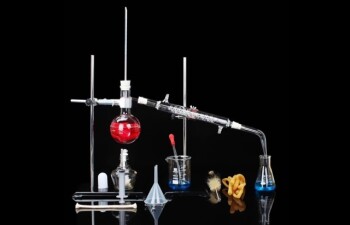
Rotary Evaporator Basics: Principles, History, Maintenance, and Selection
10 months agoA comprehensive guide on rotary evaporators, covering principles, history, maintenance, and selection criteria.
Learn More

Crafting a Rotary Evaporator Cocktail with Clarified Grapefruit Juice
10 months agoA detailed guide on making a gin cocktail using a rotary evaporator and clarified grapefruit juice, with methods and recipes.
Learn More
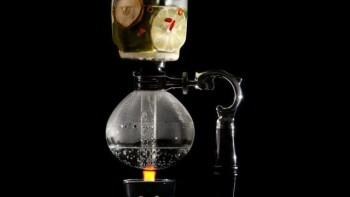
Application of Rotary Evaporator in Molecular Mixology
10 months agoExploring the use of rotary evaporators in molecular mixology for cocktail preparation.
Learn More
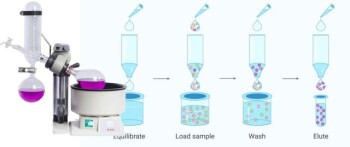
Advantages and Applications of Rotary Evaporators
10 months agoExplore the benefits and diverse applications of rotary evaporators in various industries.
Learn More

Exploring the World of Molecular Cuisine
10 months agoDelve into the innovative techniques and surprising flavors of molecular cuisine.
Learn More

The Rise of Rotary Evaporators in Cocktail Bars
10 months agoExploring the use of rotary evaporators in modern cocktail bars, from London to Kansas, and their impact on cocktail creation.
Learn More

Rotary Evaporator Operation and Troubleshooting Guide
10 months agoDetailed guide on rotary evaporator parts, applications, handling, operation, and troubleshooting.
Learn More

Comprehensive Analysis of Molecular Cuisine and the Four Heavenly Kings of Molecular Gastronomy
10 months agoAn in-depth look at the tools, additives, and techniques that define molecular cuisine, focusing on its four core methods.
Learn More

Safety Hazards and Precautions for Laboratory Heating Equipment
10 months agoGuidelines on common heating equipment and safety measures in lab settings.
Learn More
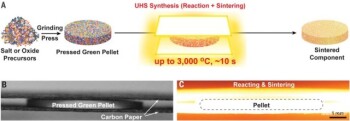
Impact of Sintering Furnaces on Ceramic Manufacturing
10 months agoExplores the role of sintering furnaces in ceramic production, focusing on their applications, heating methods, and effects on ceramic properties.
Learn More

Temperature Control Requirements for Laboratory Small High-Temperature Resistance Furnaces
10 months agoExploring the precision, stability, and safety aspects of temperature control in laboratory small high-temperature resistance furnaces.
Learn More

Precision Ceramics: Types, Working Principles, and Performance Characteristics of Various Sintering Furnaces
10 months agoAn in-depth look at different types of sintering furnaces and their principles, advantages, and disadvantages.
Learn More

In-Depth Understanding of Zirconia Sintering Furnaces
10 months agoAn exploration of zirconia sintering processes, furnace components, and optimal conditions for achieving high-quality dental restorations.
Learn More

The Art and Craft of Making Porcelain Teeth
10 months agoA detailed guide on the intricate process of creating porcelain teeth.
Learn More

Advancements in Muffle Furnace Technology and Applications
10 months agoExplores the principles, types, research, and future prospects of muffle furnaces in various industries.
Learn More

Calibration Methods for High-Temperature Muffle Furnaces
10 months agoExplores traditional and system calibration methods for ensuring temperature accuracy in high-temperature muffle furnaces, focusing on temperature deviation and uniformity.
Learn More

Understanding the Burnout Operation Process of Tube Furnaces
10 months agoExplains the burnout process in tube furnaces, focusing on its principles and applications.
Learn More

Proper Usage and Safety Precautions of Muffle Furnaces
10 months agoGuidelines on using muffle furnaces safely and correctly, including accident cases, equipment details, and operational steps.
Learn More

Comprehensive Guide to Muffle Furnace Resistance Wire Design
10 months agoDetailed analysis of resistance wire design principles, parameters, and calculation techniques for muffle furnace applications.
Learn More

Temperature Control Accuracy of High Temperature Experimental Chamber Muffle Furnace
10 months agoAn in-depth analysis of factors affecting the temperature control accuracy of high temperature muffle furnaces.
Learn More

Correct Use and Safety Precautions of Muffle Furnace in Ash Detection
10 months agoGuide on muffle furnace usage, classification, installation, maintenance, and safe operation procedures for ash detection.
Learn More

Laboratory Muffle Furnace Safety and Usage Guidelines
10 months agoDetailed safety precautions and usage instructions for a laboratory muffle furnace.
Learn More
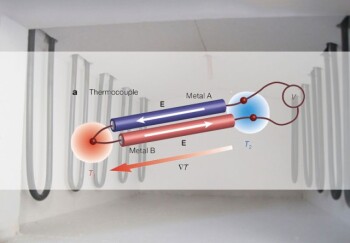
Muffle Furnace: Structure, Performance, and Usage Guidelines
10 months agoDetailed guide on the structure, performance, and safe usage of muffle furnaces in laboratories.
Learn More
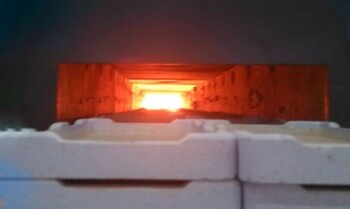
Laboratory Equipment Safety: Guidelines for Heating Equipment
10 months agoA comprehensive guide on safe practices for using high-temperature heating equipment in laboratories.
Learn More
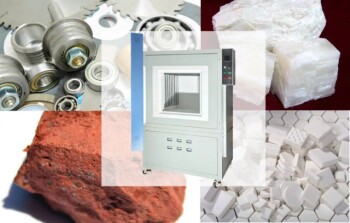
Substances Suitable for Calcination in a High-Temperature Muffle Furnace
10 months agoAn overview of materials and experiments suitable for calcination in a high-temperature muffle furnace.
Learn More

Safe and Effective Use of Muffle Furnaces
10 months agoGuide on muffle furnace classification, maintenance, safety procedures, and ash testing.
Learn More
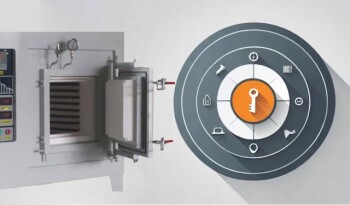
Selection of Muffle Furnace: Key Considerations
10 months agoGuidelines for selecting a muffle furnace based on experimental needs, heating methods, temperature control, safety, and more.
Learn More
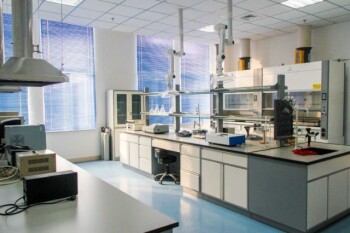
Choosing the Right Muffle Furnace for Laboratory Needs
10 months agoGuide on selecting muffle furnaces based on temperature, chamber size, and other critical factors.
Learn More
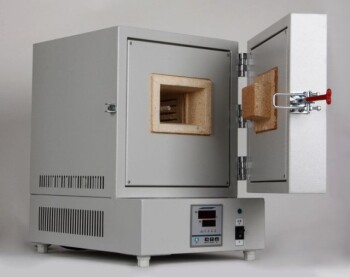
Factors Influencing the Performance and Price of a Muffle Furnace
10 months agoAn exploration of the materials and manufacturing processes affecting muffle furnace performance and pricing.
Learn More
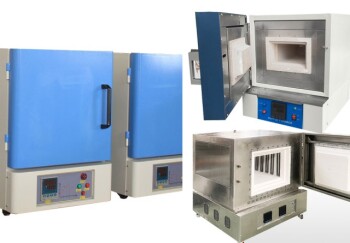
Choosing the Right Chamber Muffle Furnace Size
10 months agoGuidelines for selecting the appropriate chamber size for a muffle furnace based on sample size, number of samples, process needs, and more.
Learn More